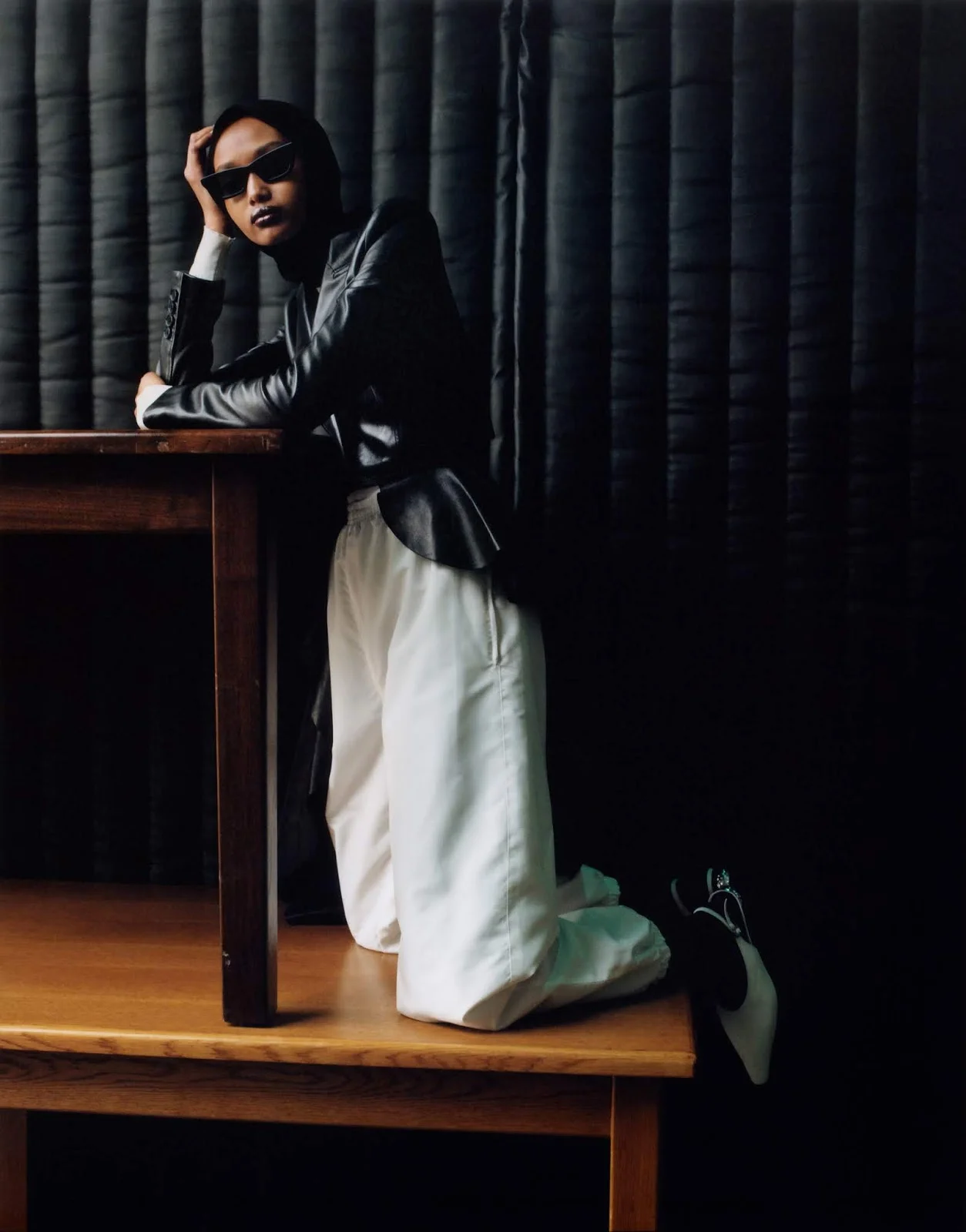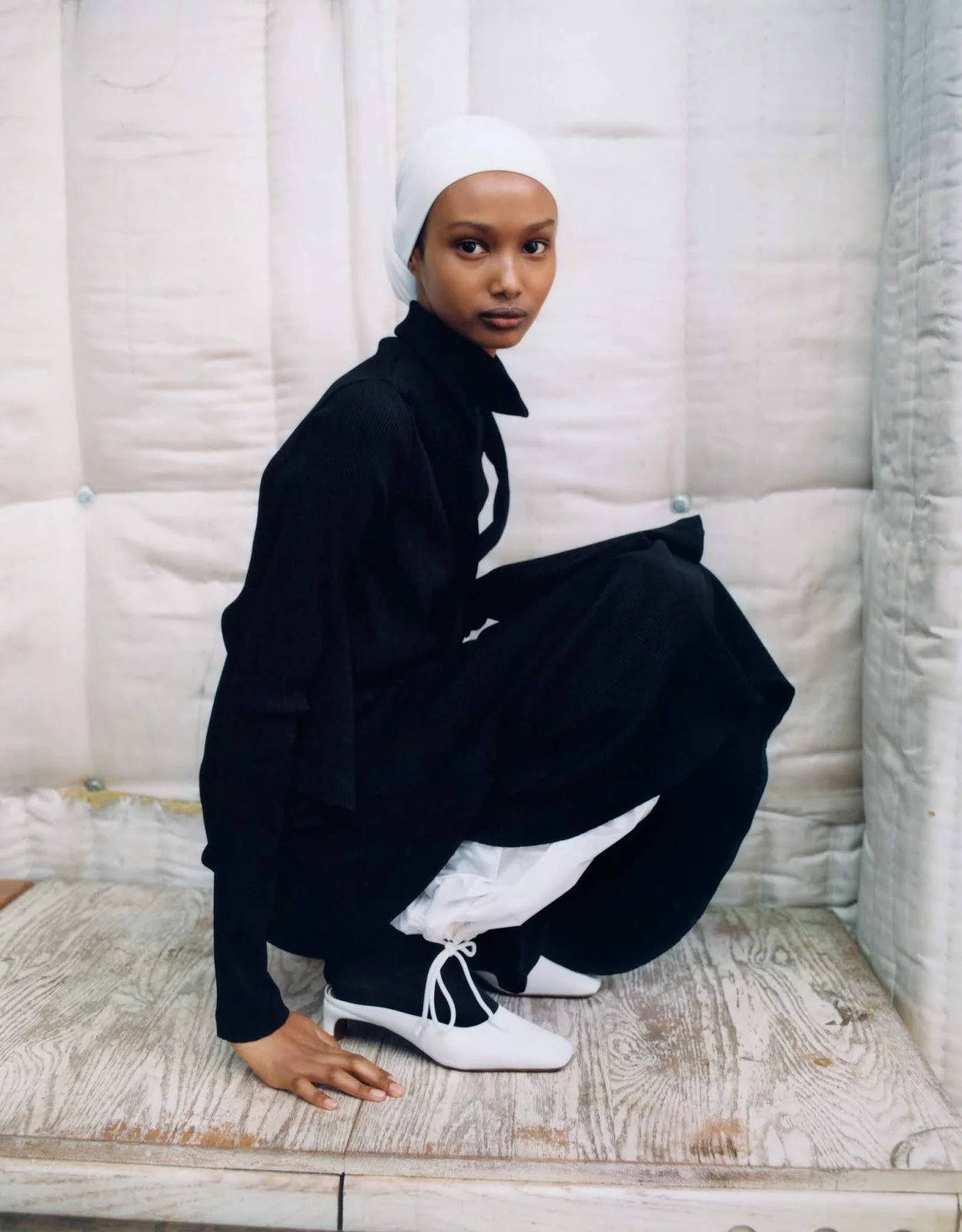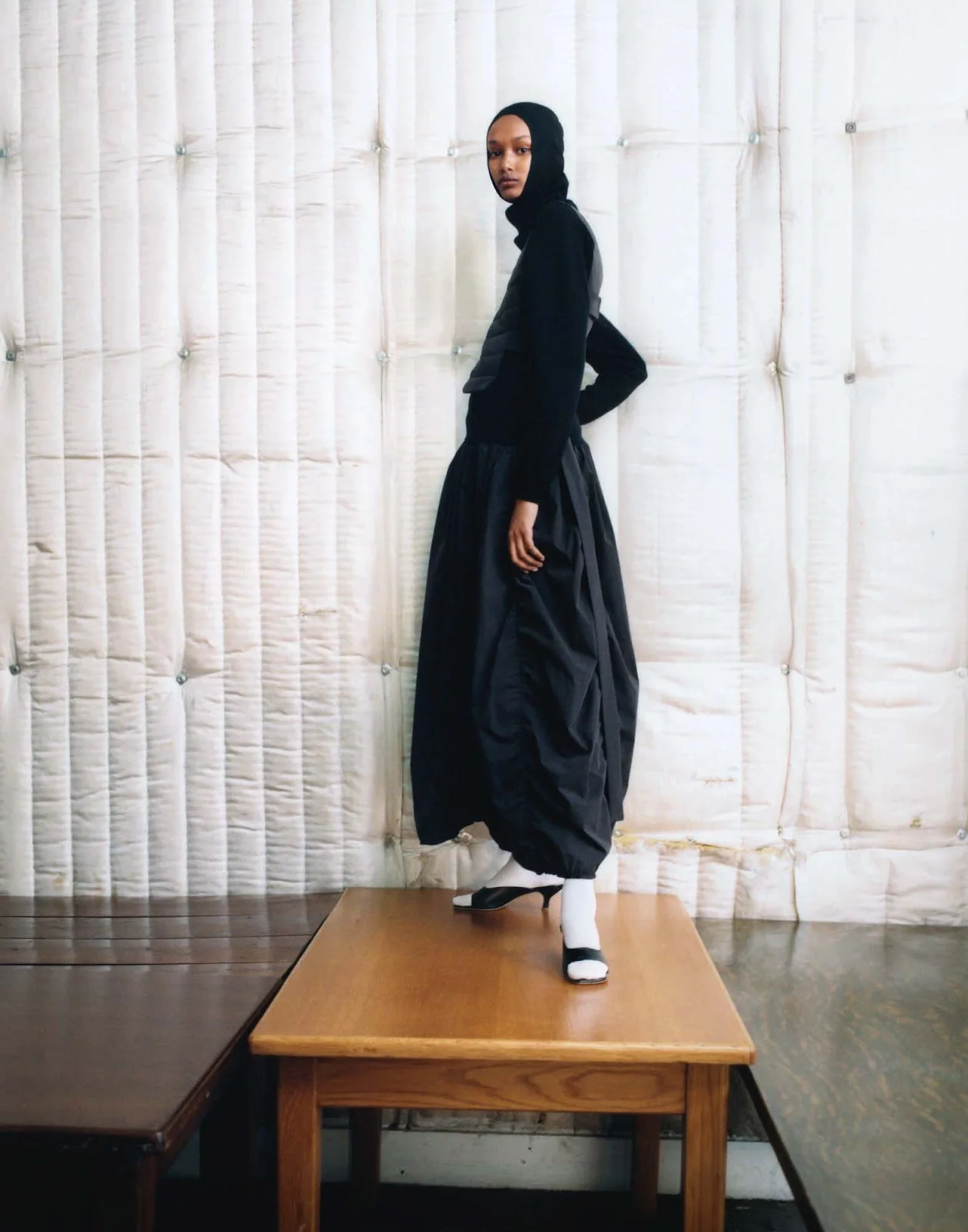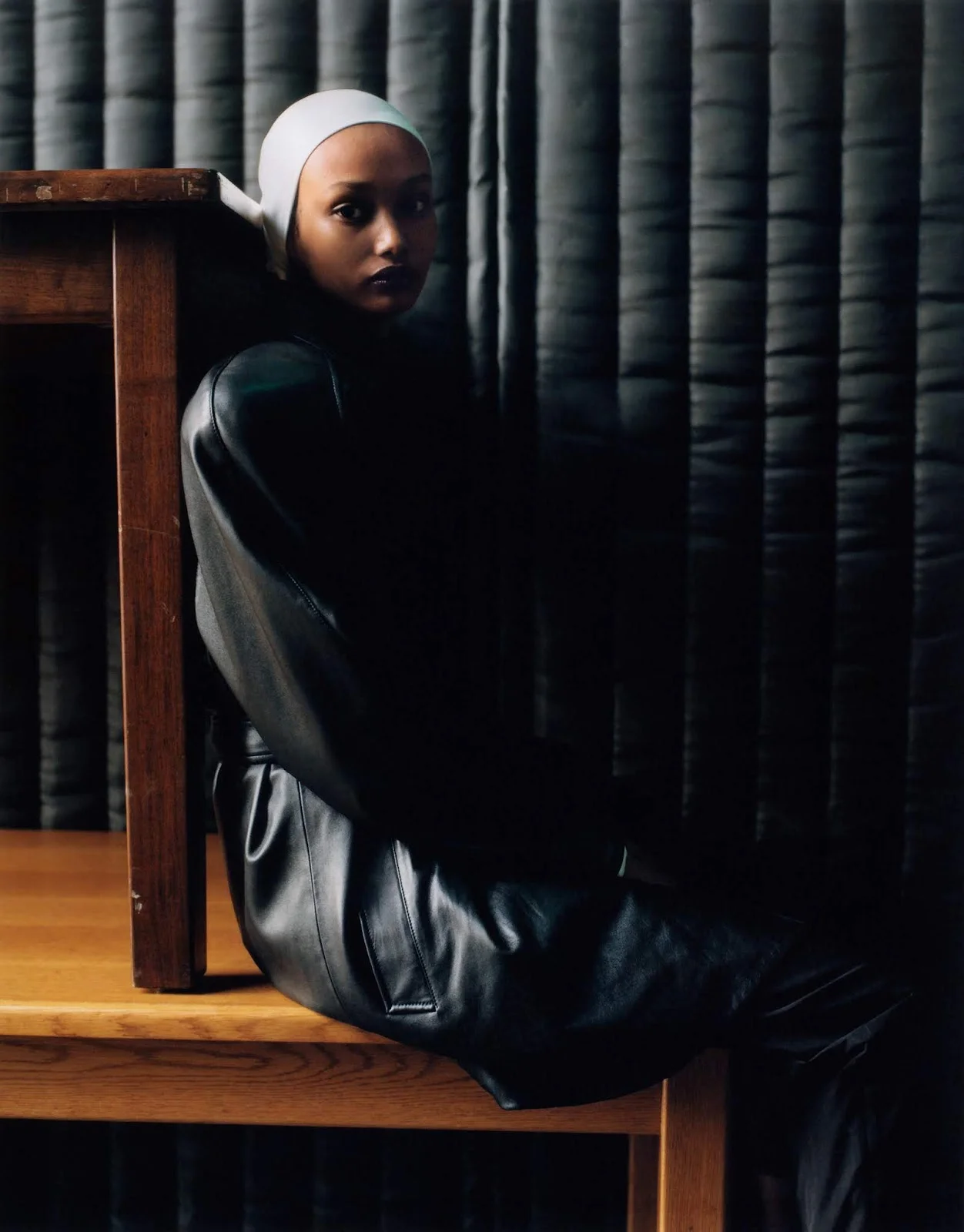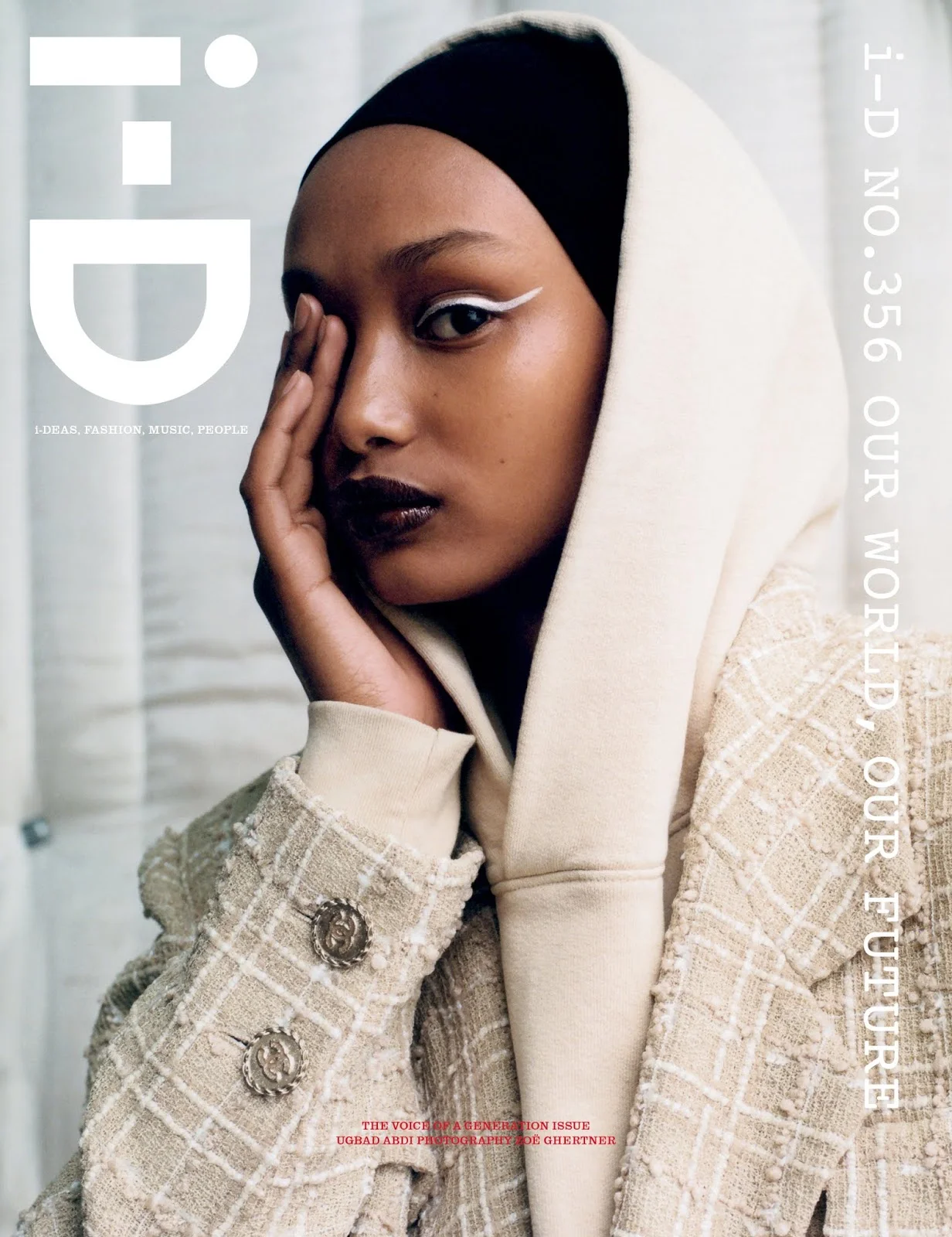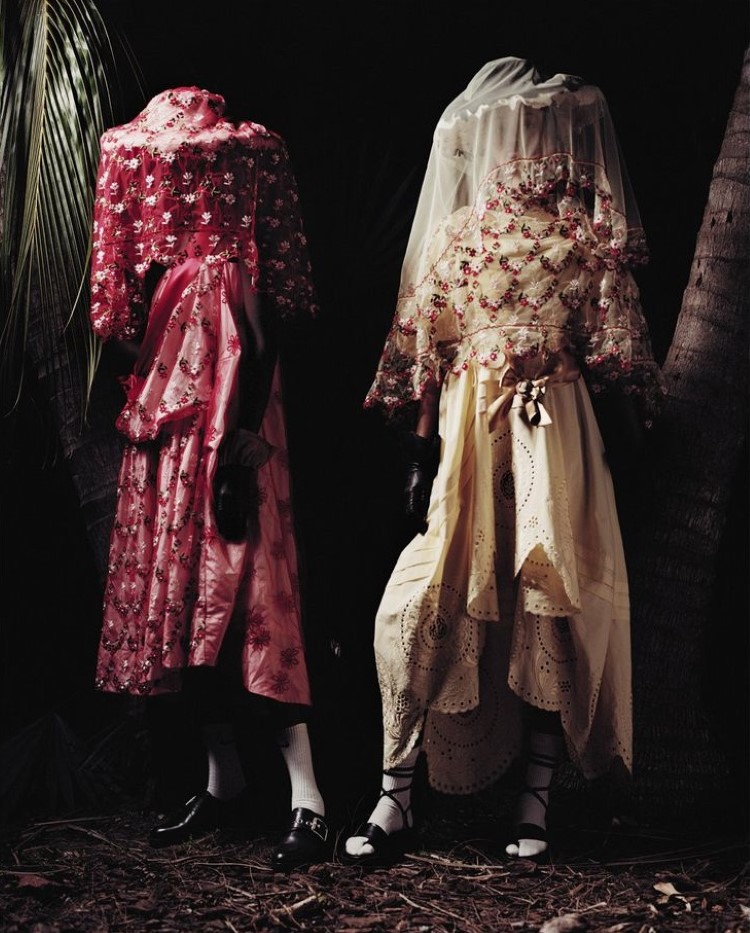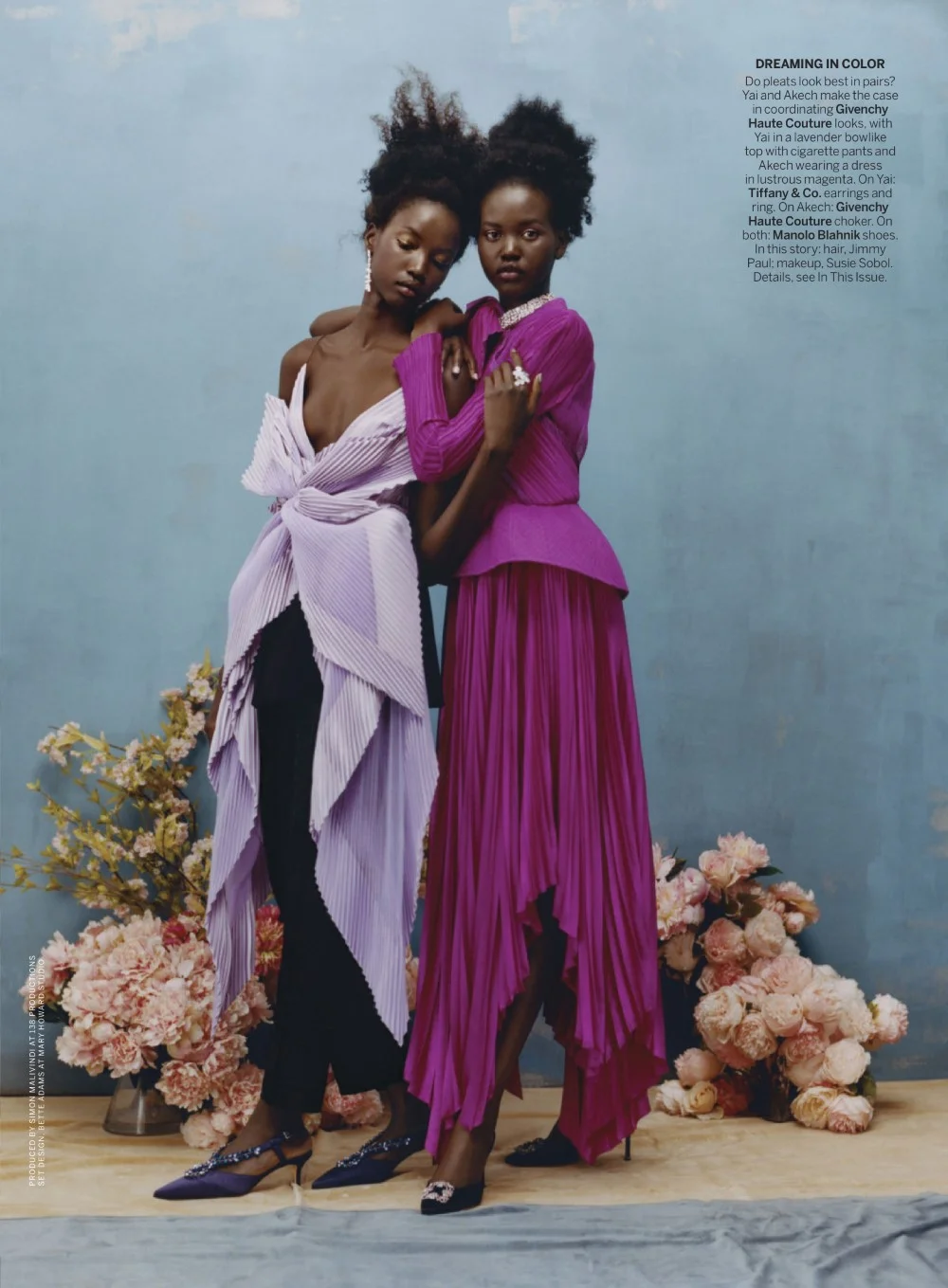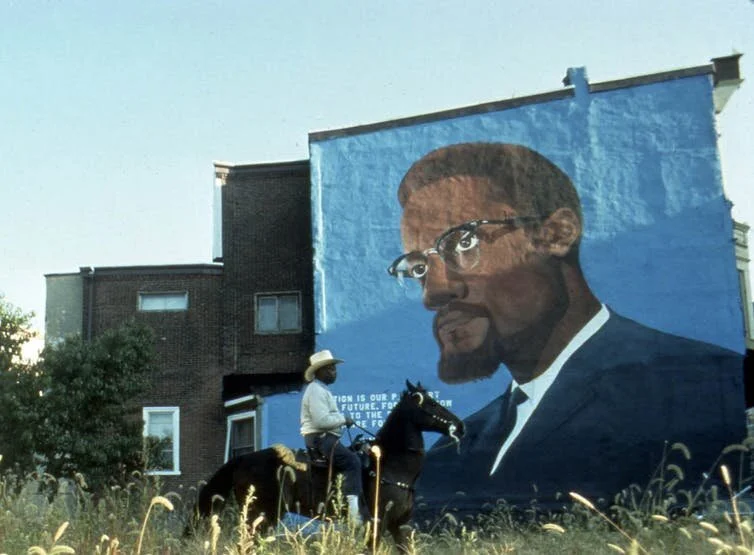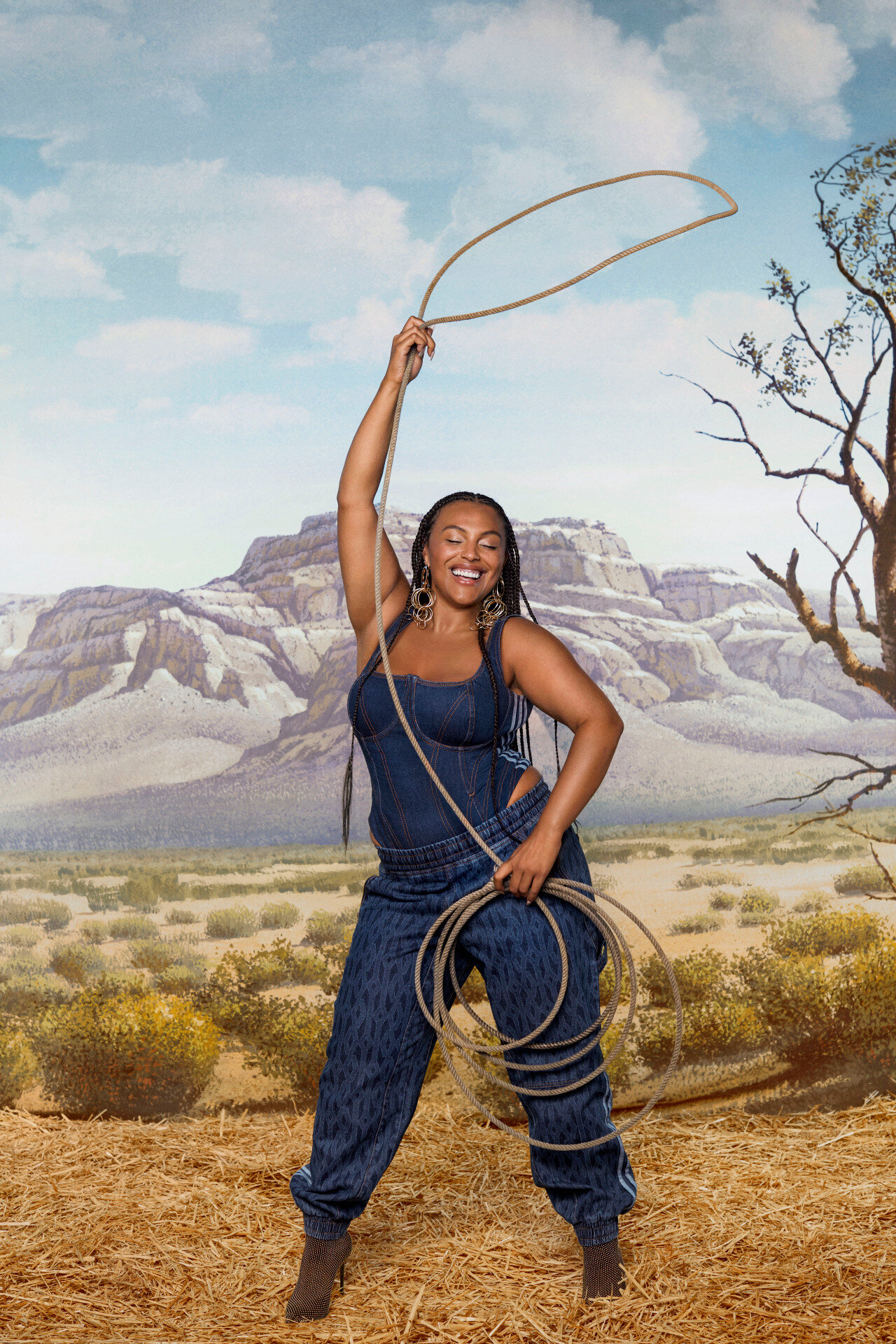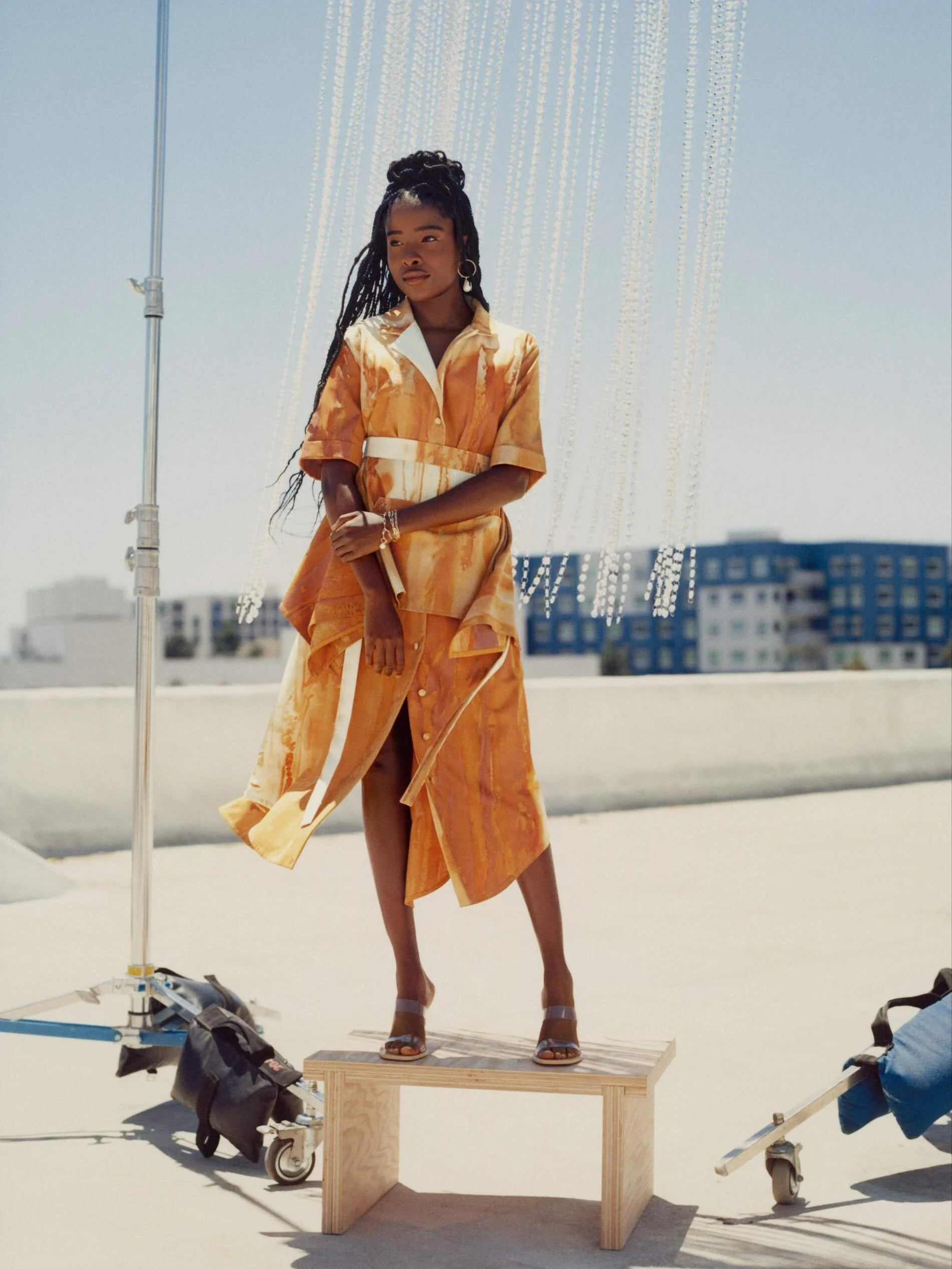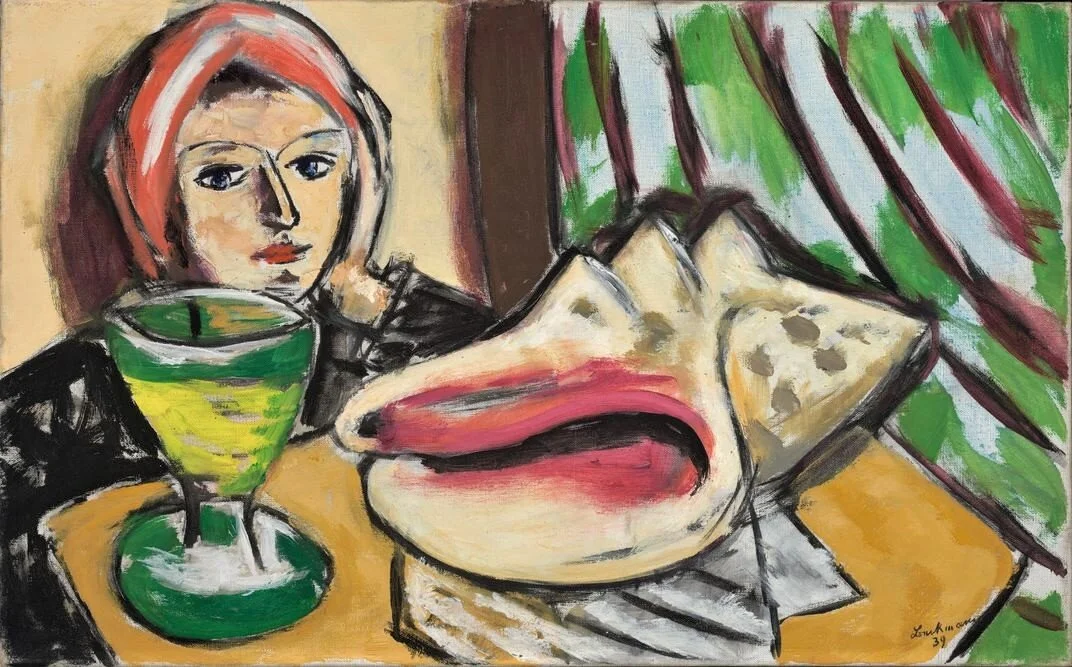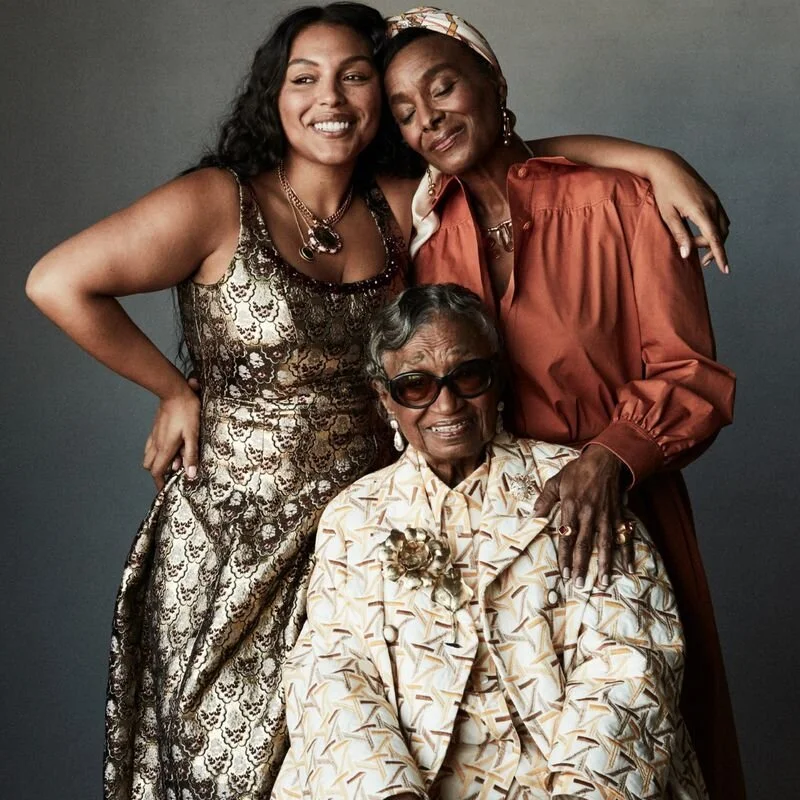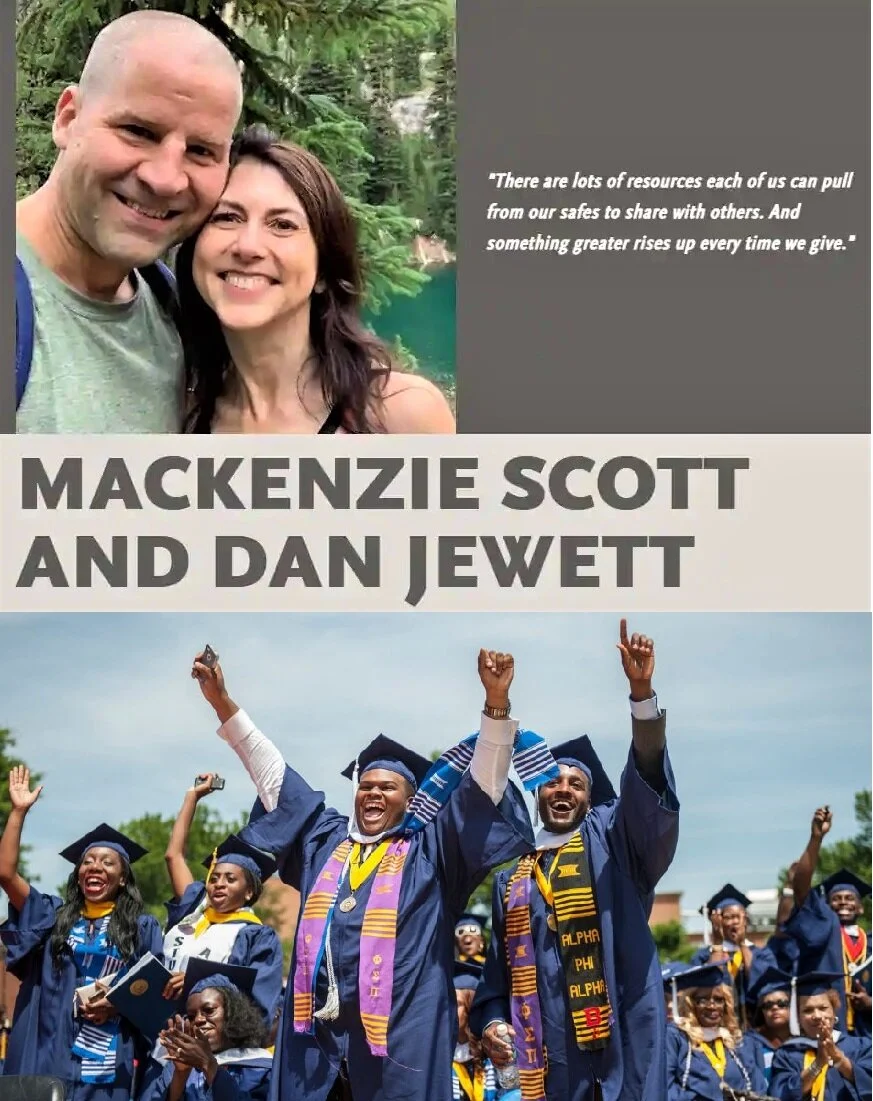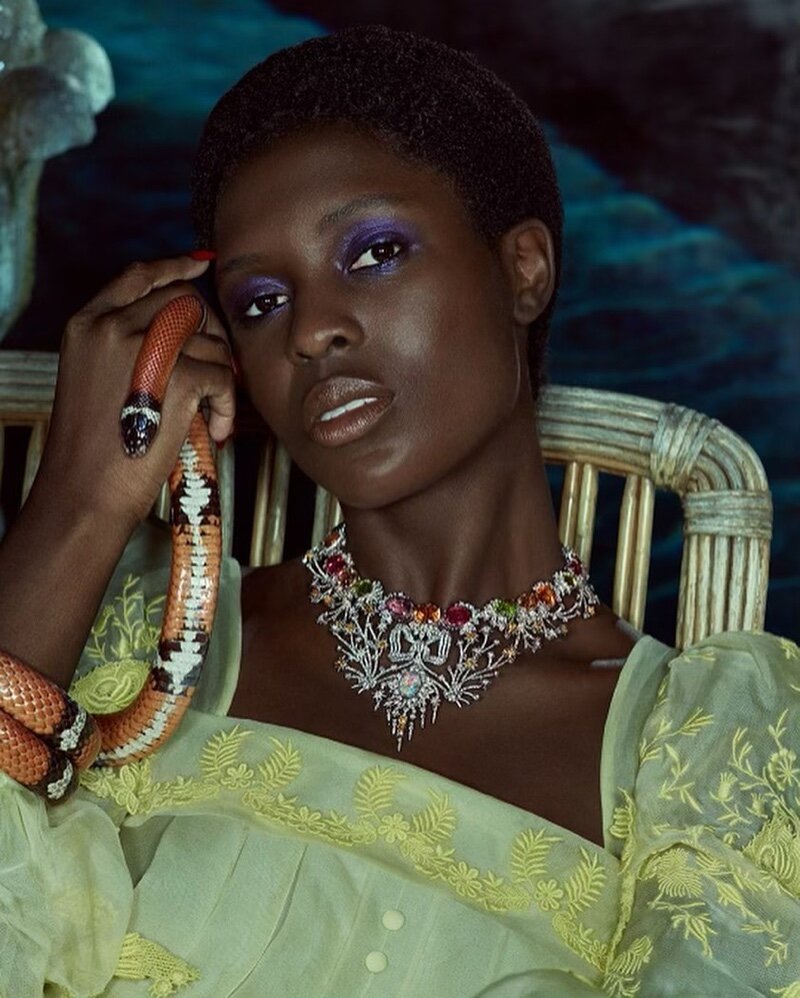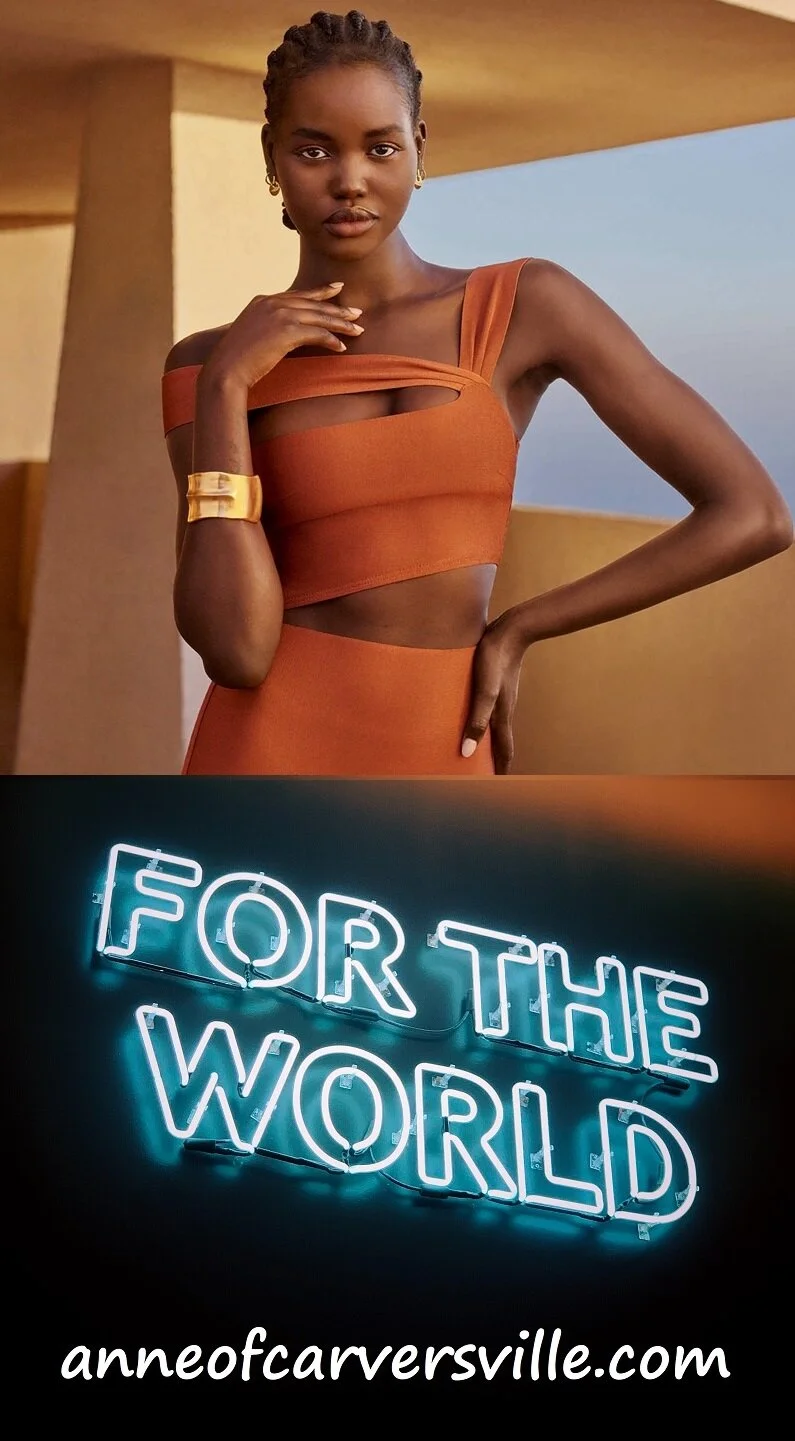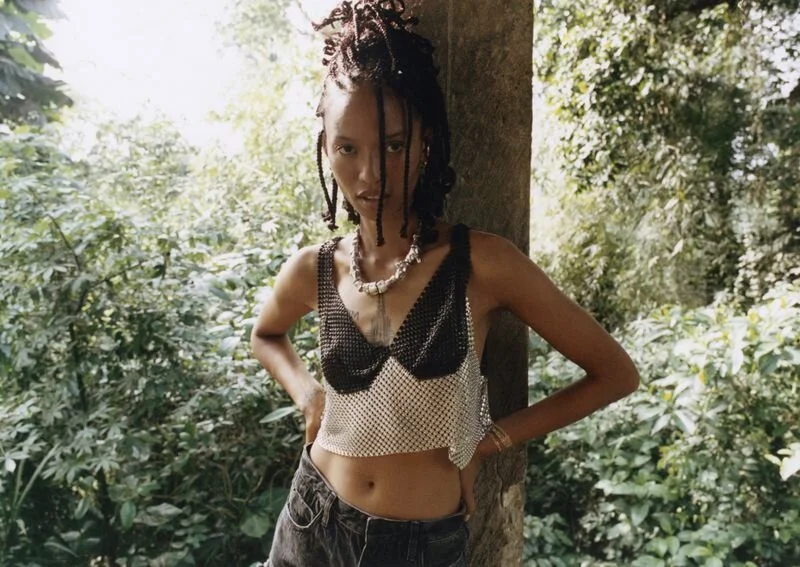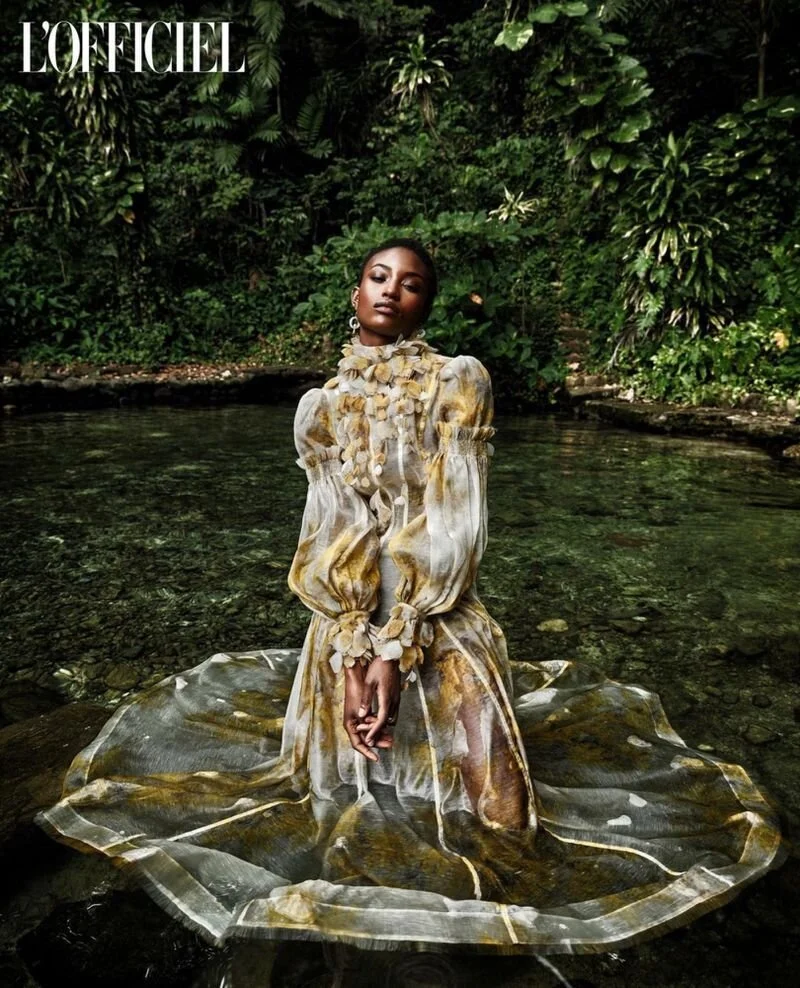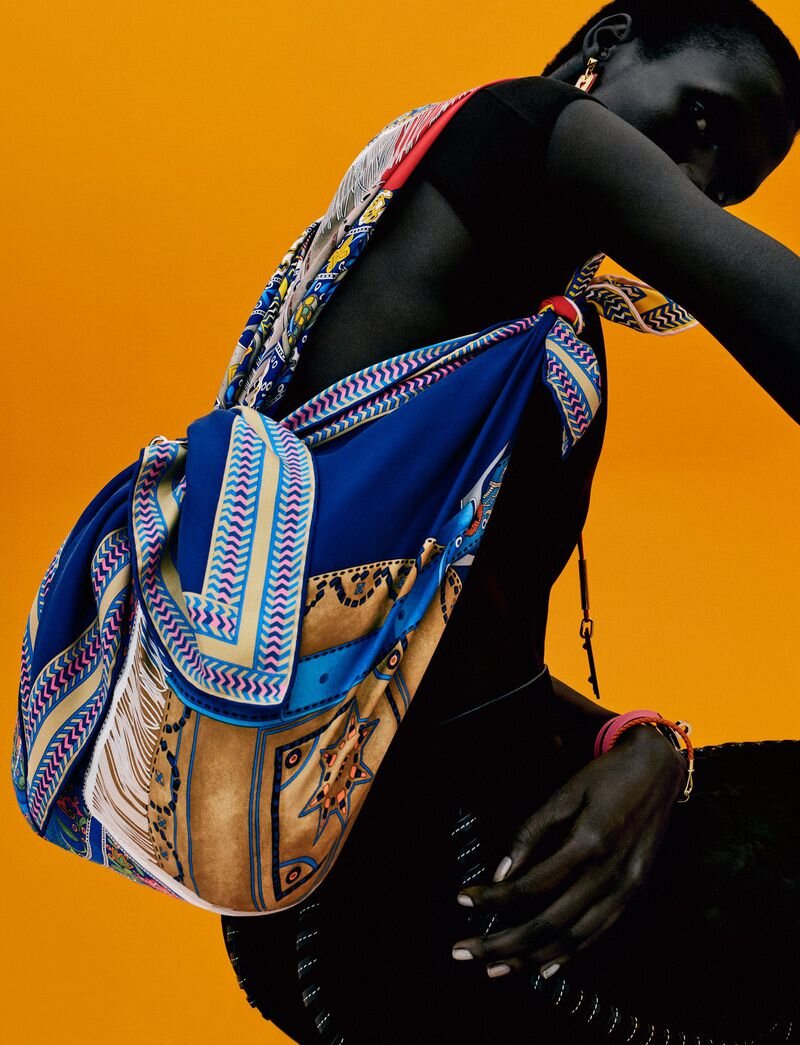Ugbad Abdi Stars In 'A New Face, A New Story, A New Era' By Zoe Ghertner For i-D Magazine Summer 2019
/Rising model Ugbad Abdi is styled by Julia Sarr-Jamois in ‘A New Face, A New Story, A New Era’. Zoë Ghertner is in the studio, captuing casual, minimal sophistication with modern head gear as ‘A New Face, A New Story, A New Era’ for i-D Magazine #356 Summer 2019./ Makeup by Fara Homidi; set design by Spencer Vrooman
Rising Somali model Ugbad Abdi is considered to be Fall 2019’s breakout star. She credits fellow-Muslim refugee model, Minneapolis-based Halima Aden as her inspo. “Before Halima, I just assumed there was no place for the hijab in the fashion industry,” Ugbad told i-D’s Jess Cole. “I have now realised that Muslim women can be anything we want to be.”
Like i-D, AOC wants to be sure that we tell the positive side of immigration in America, an absolute must-do in the age of Trump and in advance of America’s 2020 presidential election. As a woman who left the Midwest for New York, I feel it’s critical that we ‘coastals’ emphasize the heart of our American Midwest and its identity that extends far beyond being known as “Trump country.”
i-D teaches us that Ugbad Abdi’s adopted home of Iowa is where we will find Cedar Rapids and the oldest Muslim community and the “quintessentially American story. In 1885 Muslims seeking religious freedom emigrated to the USA from Syria and Lebanon, and they settled in Cedar Rapids.
As a young woman living a couple hours away in Minnesota, home to Halima Aden, I did not know this fact about Muslim emigration until now. AOC has a long history of writing about the refugee models in depth, but it’s critical that the fashion industry raise its voice with stories like this one from i-D to 1) create truth around Trump’s constant lies about refugees generally and Muslims specifically and 2) to bridge unnecessary barriers between America’s midwesterners and the coastals. Writing about Americans’ support for refugees is our opportunity to celebrate the goodness that is found in Iowa, Minnesota and countless other heartland states in America.
The same year that Donald Trump’s grandfather Friedrich Drumpf, abandoned obligatory service in Germany, choosing to sail to New York to join the American gold rush, the first Muslims formally emigrated to America. The BBC film on Netflix ‘Meet the Trumps: From Immigrant to President’ is excellent.
As i-D writes: “Aside from Native Americans, the stories of every single person in America began somewhere else. If it wasn’t for immigrants in search of new opportunities, there would be no America. Yet Friedrich’s grandson, Donald — the country’s current President — has taken any opportunity to scapegoat migrants, attempting to enact various travel bans on refugees from Muslim-majority countries like Somalia.”
AOC also has a decade-long long history writing about the hijab and even burqas. I’ve never understood the issue with hijabs, having been raised Catholic in the company of habit-wearing nuns. By my own admission,
I have mixed feelings about burqas — especially in the workplace — but before AOC was forced to abandon comments over religious strife over Islam and also Planned Parenthood, we had amazing, positive dialogue between myself and burqa-wearing women. It went on for days with no censorship. This was also during 2009, when I was personally battling for women in Sudan, including saving one from being stoned to death.
When we bloggers raise our voices — especially notoriously apolitical fashion bloggers — we have major influence in places far away. So I love, love, love i-D for Ugbad’s interview and their steady voice on this entire subject of hijabs and Muslim women.
Fashion must take a stand for Muslim women.
Ugbad shares thoughts that reinforce what I learned from the burqa-wearing AOC readers.
“My mom is my biggest inspiration, and when I asked her why she wore the scarf, she said it made her feel modest and comfortable,” Ugbad says. “I related to that and the hijab now feels like it is a part of me. When I wear it, I feel good.” The hijab is, after all, more than just a physical scarf. Its broader meaning can be found in the belief that all Muslims should try to live every day diligently and modestly; shaping the way they act, think, and interact with others. But just as not all Muslim women wear the headscarf, the identity of any Muslim woman who does is not confined to it — and Ugbad wants conversations to move beyond the hijab. “I’m so lucky to have a voice, and I want to use it to challenge the stereotypes of Muslim women,” she says. “People need to get to know Muslim women as individuals.”
Also, defending the totality of Muslim women does not require us to remain silent on ideas we don’t embrace. AOC regularly writes on political commentary coming from the left that we don’t understand or disagree with. ~ Anne
Coat and Trousers Kwaidan Editions. Hoodie Wardrobe NYC. Headscarf Berwick St. Cloth Shop.
